Mushroom Season in the Vineyard
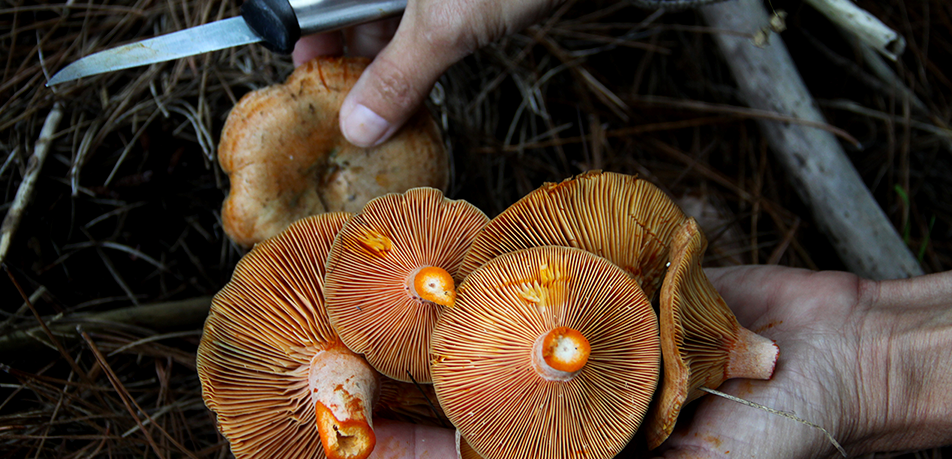
In the temperate forests surrounding the vineyards, autumn storms and cooler temperatures create the perfect conditions for mushrooms: one of the wild fruit most prized by pickers.
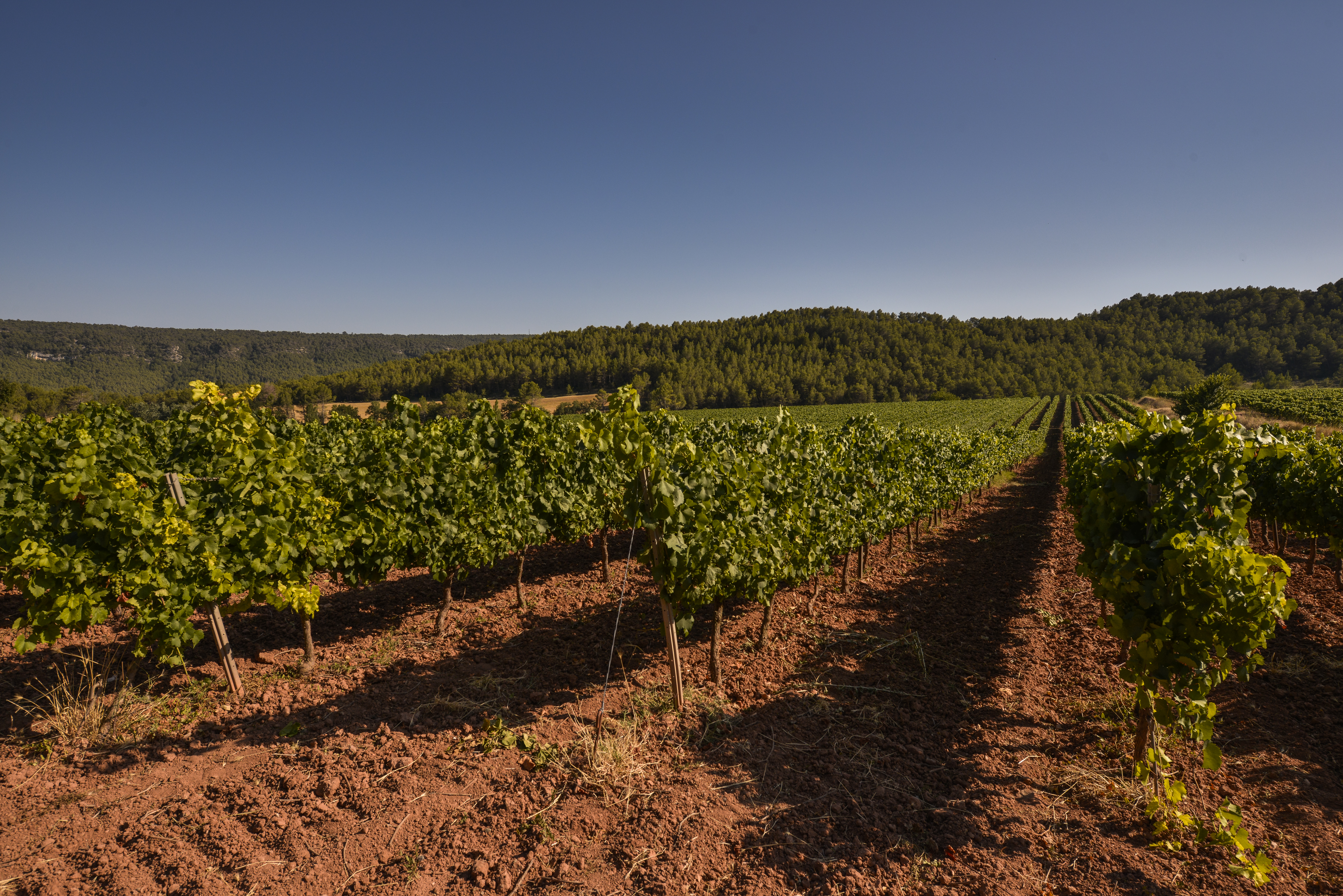
Vineyard at Fransola estate (DO Penedès), a Familia Torres property, with surrounding woodland
Certain places like Catalonia, Navarra, La Rioja, or the Basque Country have a long tradition of mushroom picking. The pinewoods around the vineyards are particularly popular with pickers, because they are home to one of the most coveted varieties: the milkcap.
The mushroom is the fruiting body of a fungus: a very complex organism, halfway between the animal and plant kingdom, that lives in the subsoil of the forest. It is largely responsible for nurturing and supporting the entire biodiversity of the forest ecosystem.
Before the first frost sets in, autumn rains increase the humidity and sponginess of the forest floor, signaling to the fungi that it is time to reproduce by releasing a type of seed that scientists call spores. In order for the spores to rise from the soil and get disseminated by the wind, the fungus creates the mushroom: its reproductive organ.
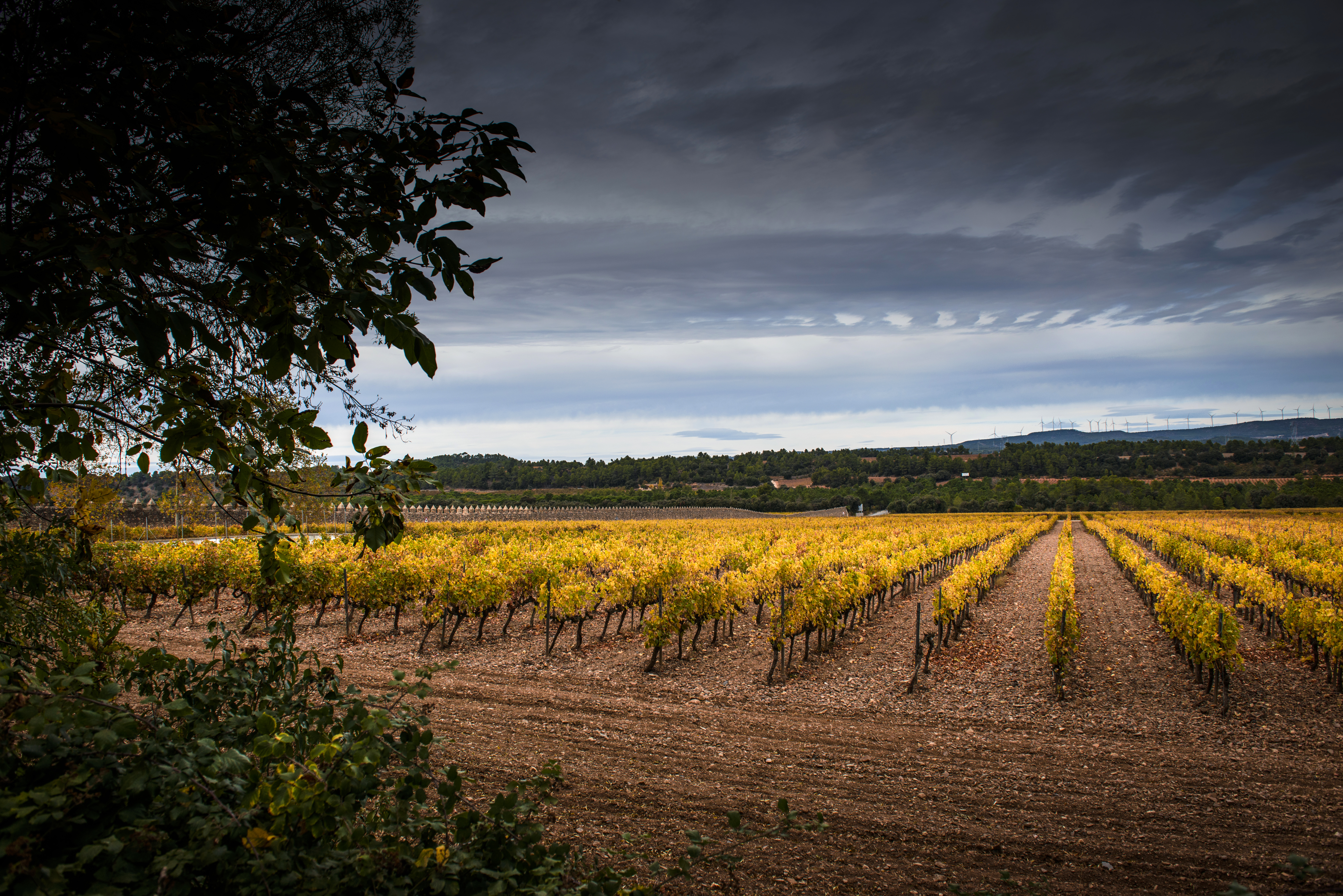
Autumnal landscape at Grans Murallas estate, a Familia Torres property, located in Conca de Barberà (Catalonia)
The fungal organism – or mycelium – is a complex collection of filaments called hyphae. So far it has spent its time absorbing nourishment from decomposing vegetative matter and other organic residue that has accumulated under the fallen leaves, which it processes and turns into humus. This is why fungi play such an important part in the forest food chain.
In their eagerness to break through the soil and multiply, fungi accomplish one of the most extraordinary efforts in the natural world. Every time we pick a mushroom growing on the forest floor or along the edge of the vineyard, we're ruining this effort. Depending on how we do it, this disturbance can be catastrophic for the fungus, or not. This is why it is so important to be responsible and respect a few basic rules when picking mushrooms.
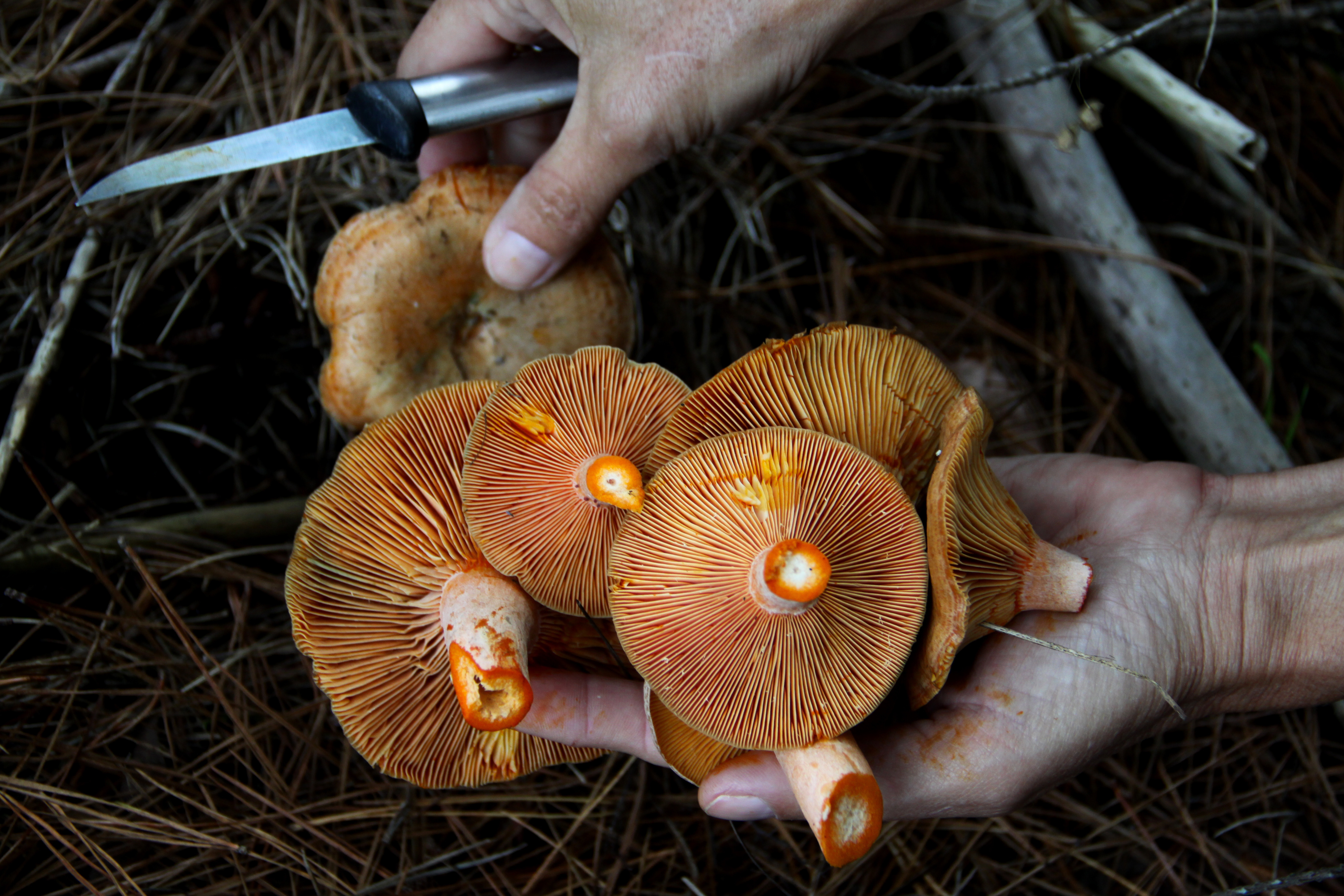
A handful of milkcaps, one of the most coveted mushroom varieties
Never leave any garbage in the forest. Avoid digging into the ground, picking up fallen tree trunks, ripping up the undergrowth, or damaging the trees. All of these activities are a direct assault on the fungi, because it contributes to the degradation of their habitat.
The bad habit of lifting layers of fallen leaves to find mushrooms is especially harmful. It disrupts the incredible forest laboratory, composed of fungi and other organisms responsible for decomposing organic matter, which operates beneath this damp carpet. If we drag this covering away and leave the forest floor bare, we are doing irreparable damage to the forest ecosystem.
We should always remember that beneath those fallen leaves, hidden within the first few centimeters of soil, is one of the largest biogenesis laboratories in all of nature. Our actions can destroy this network of exceedingly fragile and delicate interactions.
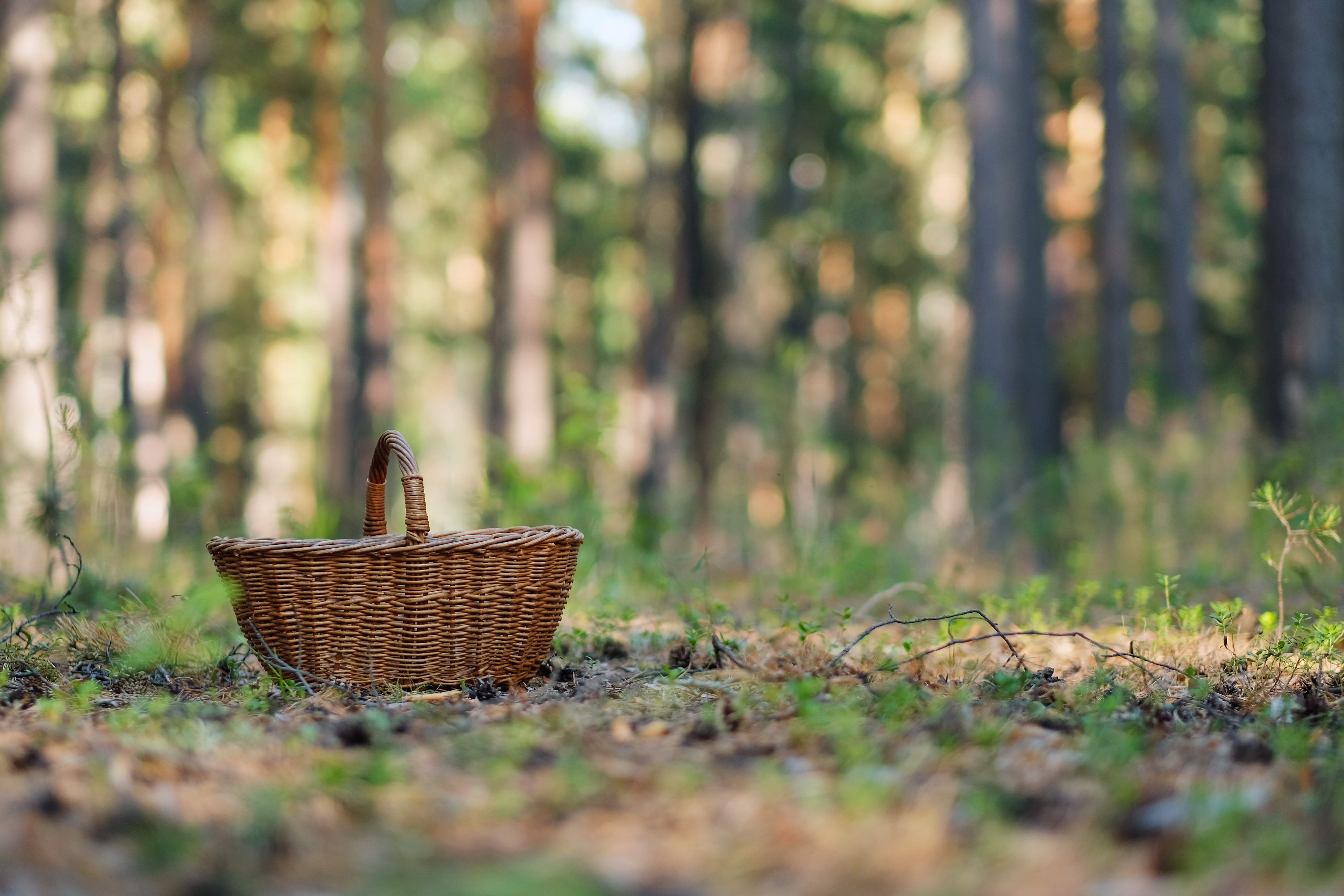
The forest in fall, a perfect place to pick mushrooms
For this reason, we should act responsibly when we head out to pick mushrooms, remembering to respect the forest and its inhabitants. In doing so, we contribute to the existence of fungi: extraordinary living organisms that provide the foundation for life in the forest. Every autumn, when they flower, they dot the landscape around the vineyards with mushrooms.
